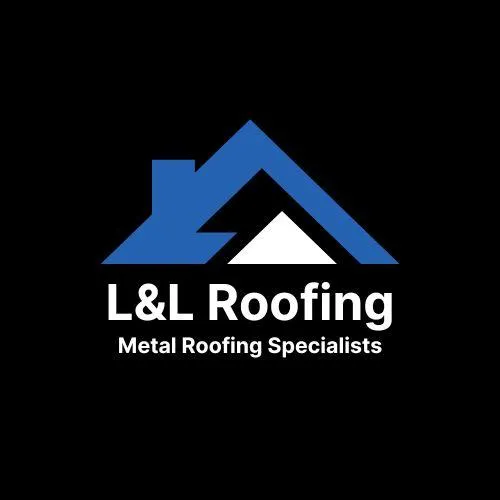
What Homeowners Should Know About Single Ply Ballasted Roofing Systems
Ballasted Single-Ply Roofing: What Gainesville Homeowners Need to Know
Ballasted single-ply roofing systems can be a smart option for certain residential or commercial flat roofs in Gainesville and surrounding Georgia areas like Cumming, Buford, and Flowery Branch. But what is it, and is it the right choice for your property?
Let’s break it down in simple, honest terms.
What Is a Ballasted Single-Ply Roof?
In a ballasted system, a single-ply membrane like EPDM or TPO is laid loose over insulation and held in place using heavy ballast—typically smooth river rock or concrete pavers.
This system does not rely on fasteners or adhesives to stay in place. Instead, weight and gravity do the job.
Benefits of Ballasted Systems
Here’s why some building owners choose this system:
Cost-Effective Installation: Requires fewer fasteners, adhesives, and labor hours than fully adhered systems.
UV Protection: The ballast (especially stone) protects the membrane from harmful sun exposure.
Good Wind Resistance (when installed properly): The weight can help resist uplift in moderate conditions.
Ease of Repair: Since the membrane isn’t glued down, repairs are generally simpler and more affordable.
Where Ballasted Roofing Makes Sense
At L&L Roofing & Construction, we typically recommend ballasted systems for:
Flat or very low-slope roofs
Larger residential or commercial roofs without heavy foot traffic
Situations where fastener or adhesive use is limited or impractical
That said, it’s not a “fit-all” solution.
What to Consider Before Choosing Ballasted Roofing
While budget-friendly up front, there are trade-offs:
Added Weight: Ballast can add 10–25 pounds per square foot. Your structure must be able to support that.
Drainage Is Critical: Improper drainage can lead to ponding water, which accelerates wear.
Limited Roof Access: The ballast makes it tougher to access the membrane for inspections or leaks.
Local Building Code Compliance: Not all counties allow ballasted roofs, especially in high-wind areas. We always check local code before recommending it.
Ballasted Roofs in Georgia Weather
With Georgia’s mix of humid summers, strong winds, and occasional hailstorms, we always take weather into account. While ballasted systems handle UV well, they must be installed with proper wind uplift calculations and edge securement—especially in open or elevated areas.
Our Honest Take
At L&L Roofing, we don’t push products—we offer honest guidance. Ballasted single-ply systems can be a solid option for the right kind of roof, especially if you're looking for value-driven flat roofing.
But we also install fully adhered and mechanically fastened single-ply systems when those are a better fit for your structure or goals.
FAQ: Homeowners Ask
How long does a ballasted single-ply roof last?
With proper maintenance, these roofs can last 20–30 years.
Do ballasted roofs require more maintenance?
Yes, you should check ballast displacement, drainage, and membrane exposure annually.
Can I install solar panels on a ballasted roof?
Yes, but additional load calculations and attachments are required. We’ll guide you through that.
Is this a good fit for my Gainesville home?
If your home has a flat or low-slope section, it might be. But we always recommend a full evaluation before committing.
Want honest advice for your flat roof?
📞 Call L&L Roofing & Construction at (770) 874-0372 or schedule a free estimate at www.llroofs.com. We proudly serve homeowners and business owners across Gainesville, Dahlonega, Dawsonville, and beyond.

